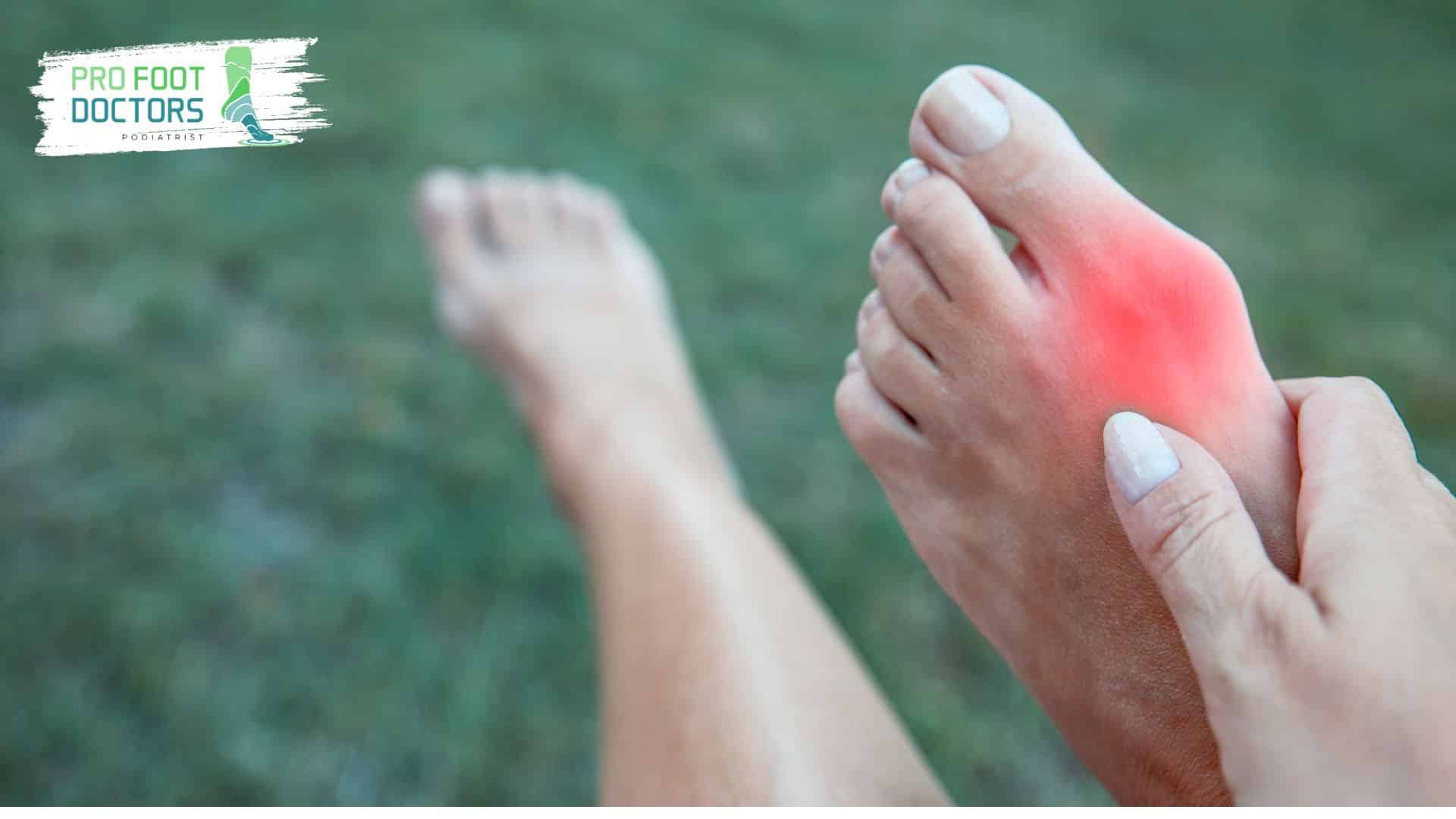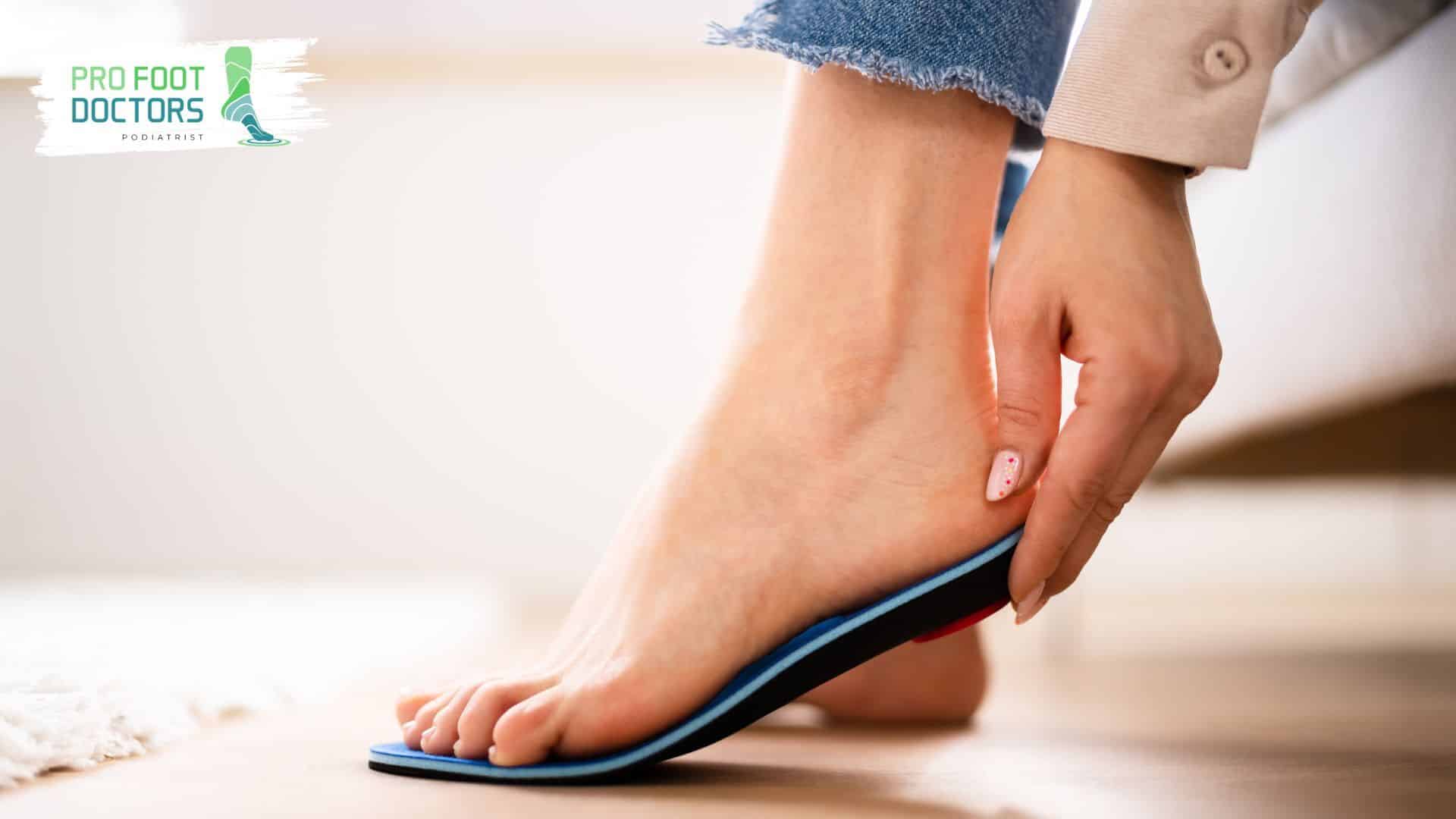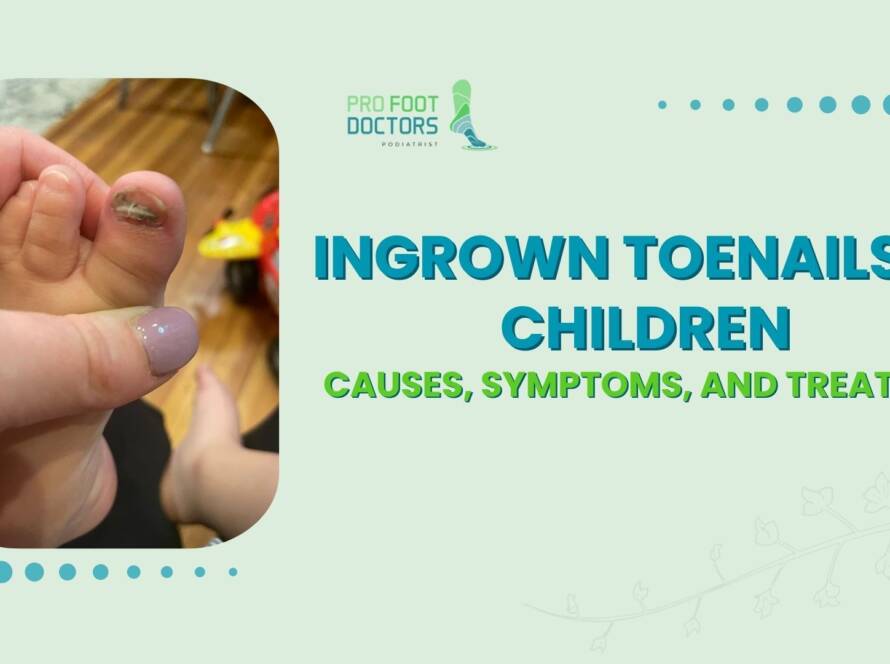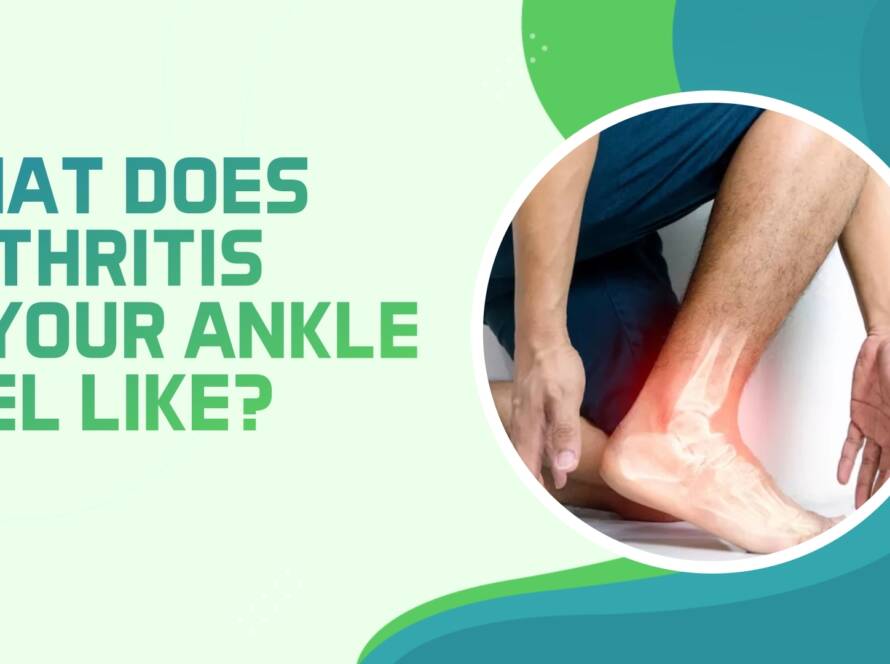Bunions, or hallux valgus, is a common foot deformity which can be painful and can also limit the way you live your life. If you’re dealing with a bunion issue, you might want to opt for surgery and specifically the minimally invasive bunion surgery (MIBS).
In this blog, you will learn all about the minimally invasive bunion surgery, the benefits, some new research and if it is a good fit for you or not.
What Is Minimally Invasive Bunion Surgery?
Minimally invasive bunion surgery is a modern surgical procedure which uses minimum cuts on the feet in comparison with the open surgical one. Specifically, the surgeons perform small incisions, usually with a length of not more than 5 millimeters and utilize specific instruments such as burrs to fix the bone irregularity. This leads to less tissue damage, less scar formation, and improved overall patient recovery periods.
Unlike the open surgery that requires the surgeon to make a big incision to access the bone and soft tissues, MIBS uses an X-ray (fluoroscopy) to assist in making a small incision and guide the placement of the anchor. Consequently, it has emerged as an attractive choice for individuals who want to avoid long recovery times and complications.

Benefits of Minimally Invasive Bunion Surgery
- Smaller Scars: As the incisions made with this technique are small, there are few visible scar marks as they heal.
- Faster Recovery: A key advantage is that patients may be able to go back to their normal routines, in contrast to conventional surgery.
- Less Pain: Research has found that there is less pain after surgery since there is less damage to the soft tissues.
- Reduced Risk of Infection: The smaller cuts are less likely to come into contact with bacteria and other contaminants during the process of healing.
- Minimal Blood Loss: The advantage of the procedure is that after the surgery, the patients bleed less as compared to other surgeries.
A research study showed that even when using minimally invasive bunion surgery showed that patients took less time to recover and had less pain as compared to those who had undergone traditional open surgery. Additionally, their satisfaction with cosmetic outcomes was significantly higher.
Who Is a Good Candidate for Minimally Invasive Bunion Surgery?
Minimally invasive bunion surgery is generally recommended for patients who:
- Have moderate to severe bunions that cause pain and limit daily activities.
- Do not respond to conservative treatments like orthotics, physical therapy, or anti-inflammatory medications.
- Are in good overall health and able to undergo anesthesia.
- Have no significant arthritis in the joint or other complicating foot conditions.
It’s important to consult with an orthopedic surgeon or podiatrist who specializes in bunion surgeries.
Pro Foot Doctors have extensive experience with bunion surgeries. We perform X-rays and evaluate your foot to determine if MIBS is the right option for you.
Recovery and Aftercare
The recovery period for MIBS can vary based on the extent of the deformity and the patient’s overall health. Typically, patients can bear weight on the foot immediately after surgery, though with the use of protective footwear. Full recovery, including the resumption of strenuous activities, may take between 6 to 12 weeks.

Post-operative Care Recommendations Include:
- Keeping the foot elevated for the first few days to reduce swelling.
- Wearing a surgical boot or special shoes for 4 to 6 weeks.
- Limiting physical activities until the surgeon approves resuming them.
- Regular follow-ups with your surgeon to monitor healing.
Success Rates and Patient Satisfaction
Recovery from bunion surgery depends on the extent of the surgery. However, studies show that it has a very high success rate, ranging from 90 to 95 per cent. Most of the patients report long-term pain relief as well as enhanced quality of life; only 7.2 per cent of these patients signaled a decline in their general health status.
But still, it is very important to mention that there is a very small percentage chance of nonunion or reoccurrence of the bunion. A statistical analysis has pointed out that there is around a 20% possibility of a bunion coming back in a patient’s lifetime.
Therefore, is bunion surgery worth it? Considering the high efficiency of the operation and even the improvement of the quality of life, most patients will have to admit that the surgery is worth it.
Alternatives to Minimally Invasive Bunion Surgery
Before opting for surgery, some non-surgical treatments can be explored:
- Orthotics: Custom orthotics can help realign the foot and relieve pressure on the bunion.
- Padding and Taping: These methods protect the bunion from irritation and help align the toe.
- Physical Therapy: Exercises can improve foot strength and flexibility, reducing bunion pain.
- Anti-inflammatory Medications: Nonsteroidal anti-inflammatory drugs (NSAIDs) can alleviate pain and inflammation.
However, if these treatments fail to provide relief, surgery may be the best long-term solution.
Conclusion
Minimally invasive bunion surgery has revolutionized the treatment of bunions, offering patients a less painful, faster recovery option compared to traditional surgery. It is particularly suitable for those patients who have moderate to severe bunions and have not benefited from other treatments. However, as with any surgical intervention, it is crucial to contemplate pros and cons and discuss the possibilities with a specialist to decide whether MIBS is the suitable course of action for the patient.
By considering recent studies and patient satisfaction rates, it’s clear that MIBS offers a promising solution for many individuals suffering from bunions. Always ensure that you discuss all available options with a qualified surgeon to make an informed decision about your foot health.
Related Questions
1. Is minimally invasive bunion surgery covered by insurance?
Yes, nearly all insurance providers within the United States offer coverage for bunion surgery when deemed necessary. Generally, you require evidence showing that other treatment options, such as orthotics, physical therapy, or medications, cannot help in managing your symptoms.
It is always recommended to consult with your insurance company to find out about these requirements as well as all the costs that may be incurred during the procedure.
2. How long does the surgery take?
Minimally invasive bunion surgery lasts 45 minutes to 1 hour, depending on the size of the bunion. Because a number of specific instruments are employed, and numerous tiny cuts are made as opposed to a single large opening, minimally invasive surgery takes less time as compared to a conventional operation.
It normally takes up to a few hours to be completed and most patients are discharged soon after the procedure, which also adds to convenience and comfort.
3. Will I need physical therapy after surgery?
It is noted that physical therapy can be beneficial for certain patients even though it is not required for all of them; this is especially true for more complicated cases, as it can enhance the mobility of the foot and strengthen the muscles after the surgery.
Light movements also play essential roles in regaining normal function, decreasing stiffness, and preventing further issues. Your surgeon will evaluate your specific situation and might suggest therapy to facilitate the process of healing.
4. Can the bunion come back after surgery?
The recurrence of a bunion is low, but it is possible for the bunion to come back if other contributing factors, such as ill-fitting shoes, genetics, or biomechanical abnormalities, have not been corrected.
To prevent this problem, follow all instructions given by your surgeon after the operation and wear proper shoes. If other factors play a role in the issue, addressing such factors will help pave the way to a long-term solution and avoid a recurrence.


